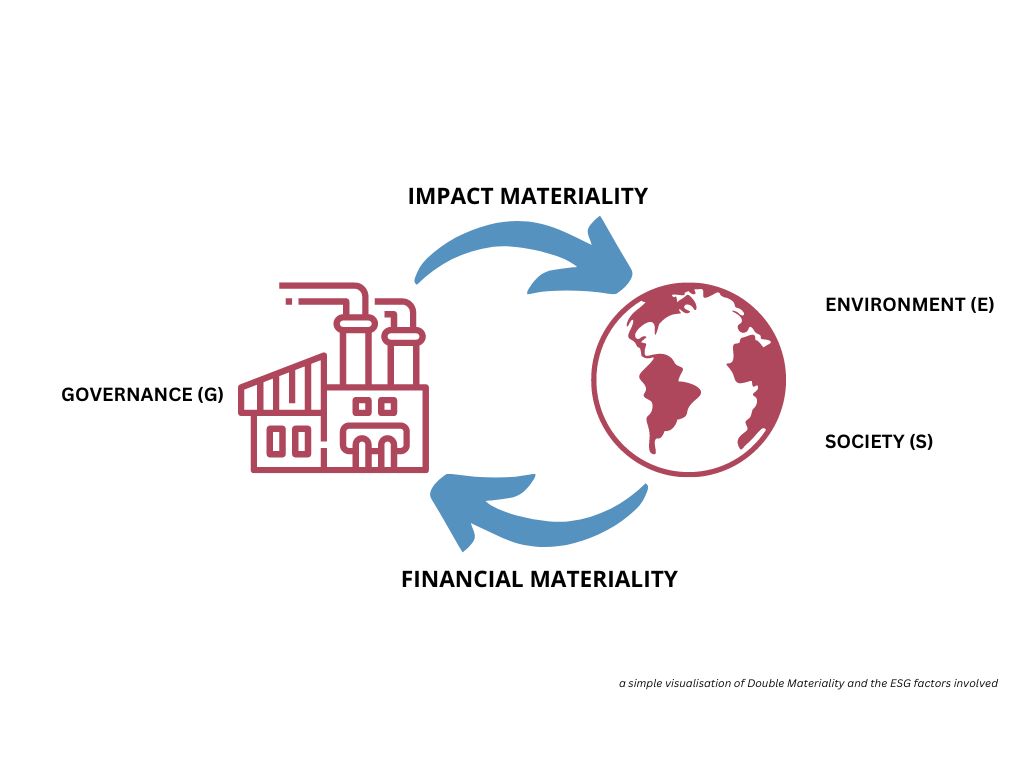What is the difference between ESG Risk Ratings and ESG Impact Ratings?
ESG Ratings are a trending topic in today’s finance world. ESG is commonly associated with environmental issues and sustainability. However, the nature and handling of ESG ratings and data presents itself as slightly more complex than that.
In general, sustainable investing has changed a lot over the years. Anything related to ESG ratings has been considered to be directly linked to sustainability, but this has proven to be a misconception. E (environment), S (social) and G (governance) are only aspects of a matrix based on which ratings can be made. They do not, however, ensure sustainability. Up until now, ESG Ratings have been primarily equated with ESG Risk Ratings, which lead to unprecise terminology and a lack of consensus when it comes to the definitions of ESG Ratings. Inrate, however, works with an ESG Impact Ratings. Even though the terms look similar, there is a substantial difference between the two approaches, which ultimately determines if the sustainability of a company is indeed assessed or not. The distinguishing factor is the direction of influence based on the concept of Double Materiality.
The Notion of Double Materiality
Double Materiality is a notion that describes the interplay between the planet with its inhabitants and the company in focus. The influence of our planet and its inhabitants on a company is what we call Financial Materiality. The influence of the company on our planet and its inhabitants is what we call Impact Materiality.

ESG Risk Ratings put a focus on the financial materiality; i.e., any environmental or social aspects are assessed based on the influence they have on the company’s financial reality. For example, a company whose factories may be affected by floods or political unrest – physical risks – has a lower rating. Therefore, if the current or future environmental or societal situation favors certain business practices, those practices will contribute to a positive rating. In essence, ESG Risk Ratings are an assessment of Risk Management Systems of a company and therefore prioritize the company’s financial interests.
As mentioned before, ESG Impact Ratings assess the influence of companies on sustainable development. Externalities, that is effects not (fully) internalized into market prices, prevent sustainable development. Therefore, impact ratings try to assess the externalities of the business activities of companies.
A company can create negative and positive externalities. Negative externalities include issues such as CO2 emissions, overfertilization, land degradation, human rights violations, addictive substances etc. Positive externalities describe beneficial influences on the planet and society such as education, innovation or nature restoration or activities that can substitute activities with large negative externalities, such as renewable energies. These externalities are assessed based on three pillars: First, average externalities of each economic activity (rail transportation would be one of our 450 defined activities) are determined for the entire value chain and amended with company specific information. Second, the management of the company is assessed based on how much the company tries to improve these externalities. Third, media articles are screened for critical business activities of a company not publicly disclosed by the company itself. In all three pillars, the focus lies on the impact materiality rather than on financial materiality.
In Conclusion, ESG Impact Ratings are more focused on the sustainability performance of a company than on its financial factors.
Want to know more about our ESG impact rating system? See Inrate’s methodology here.




